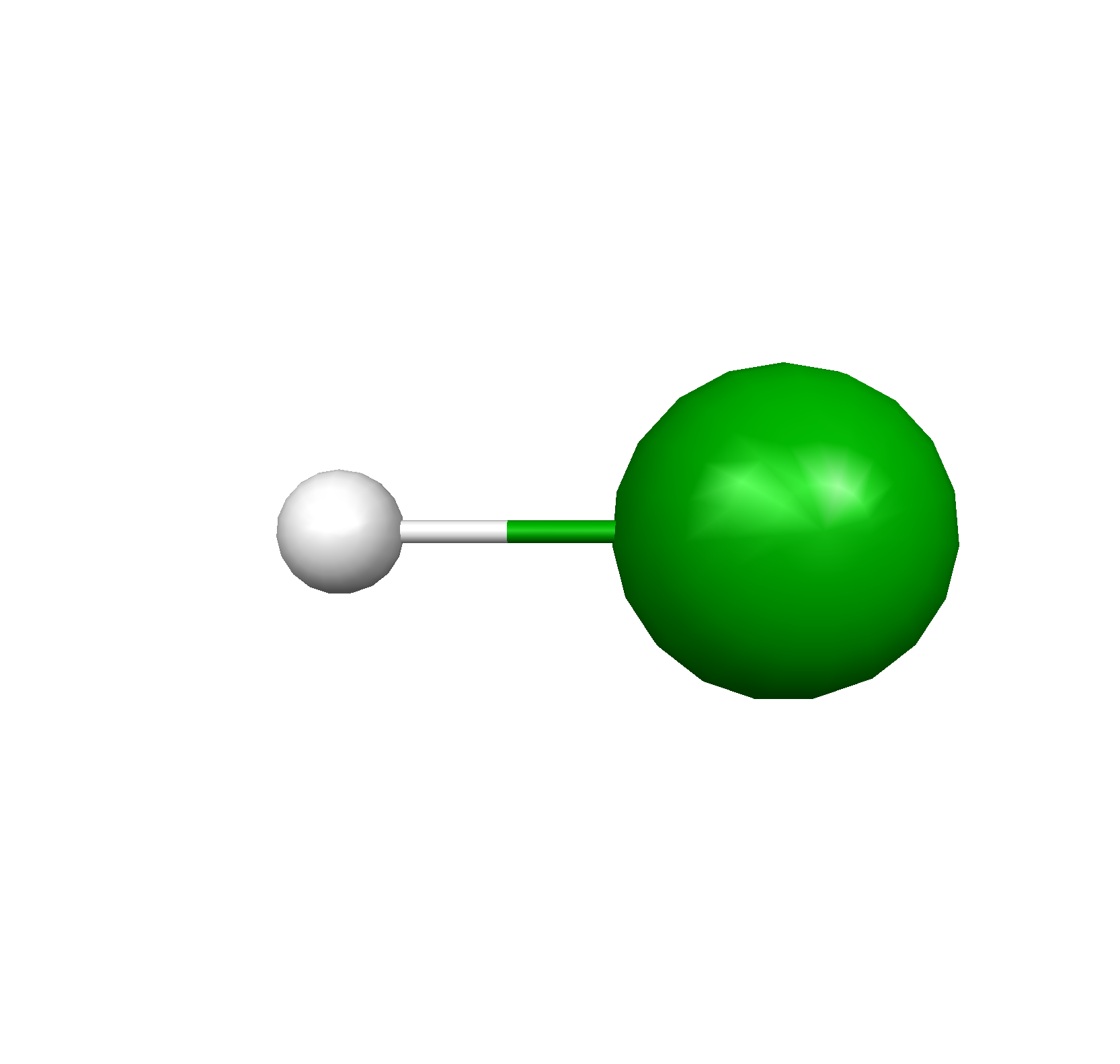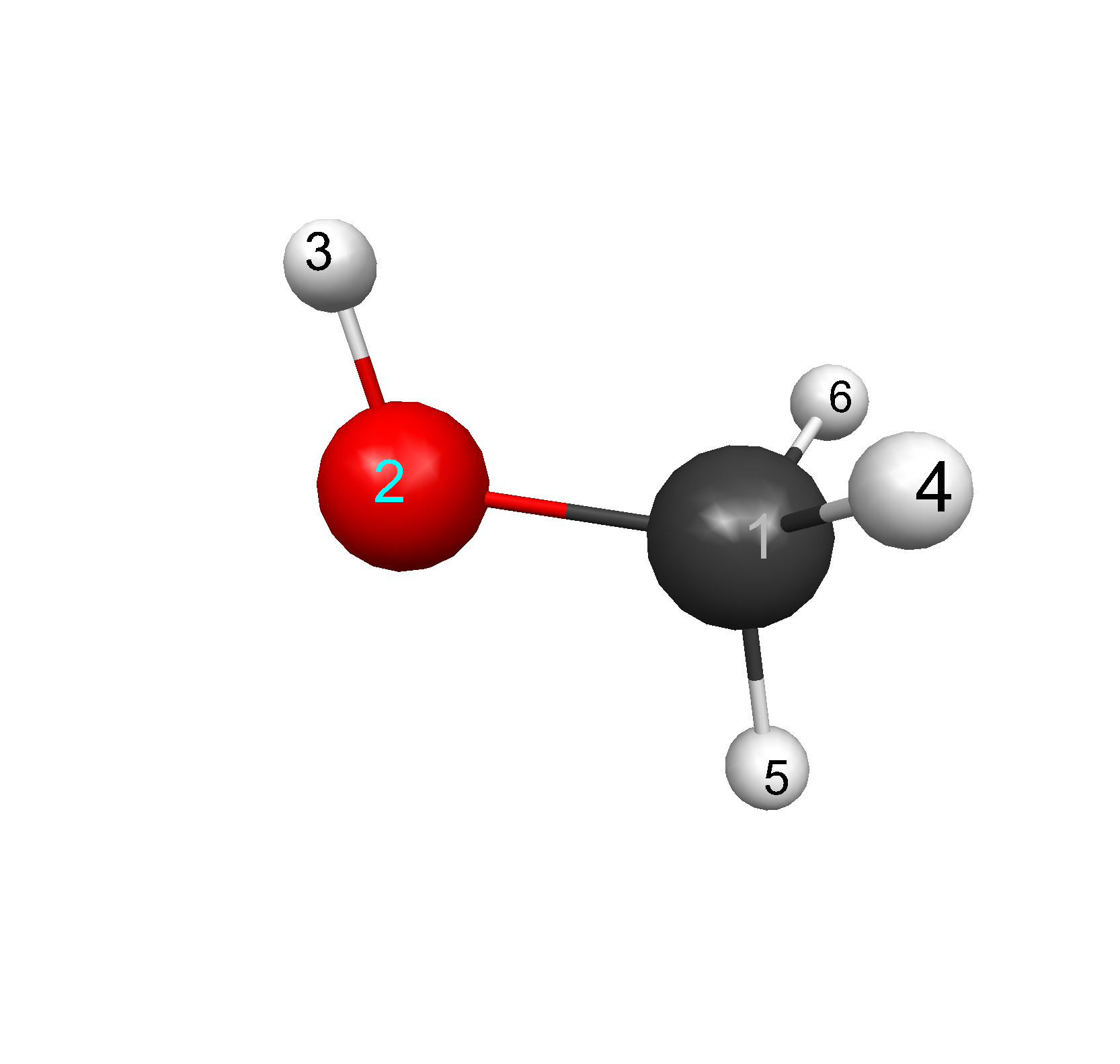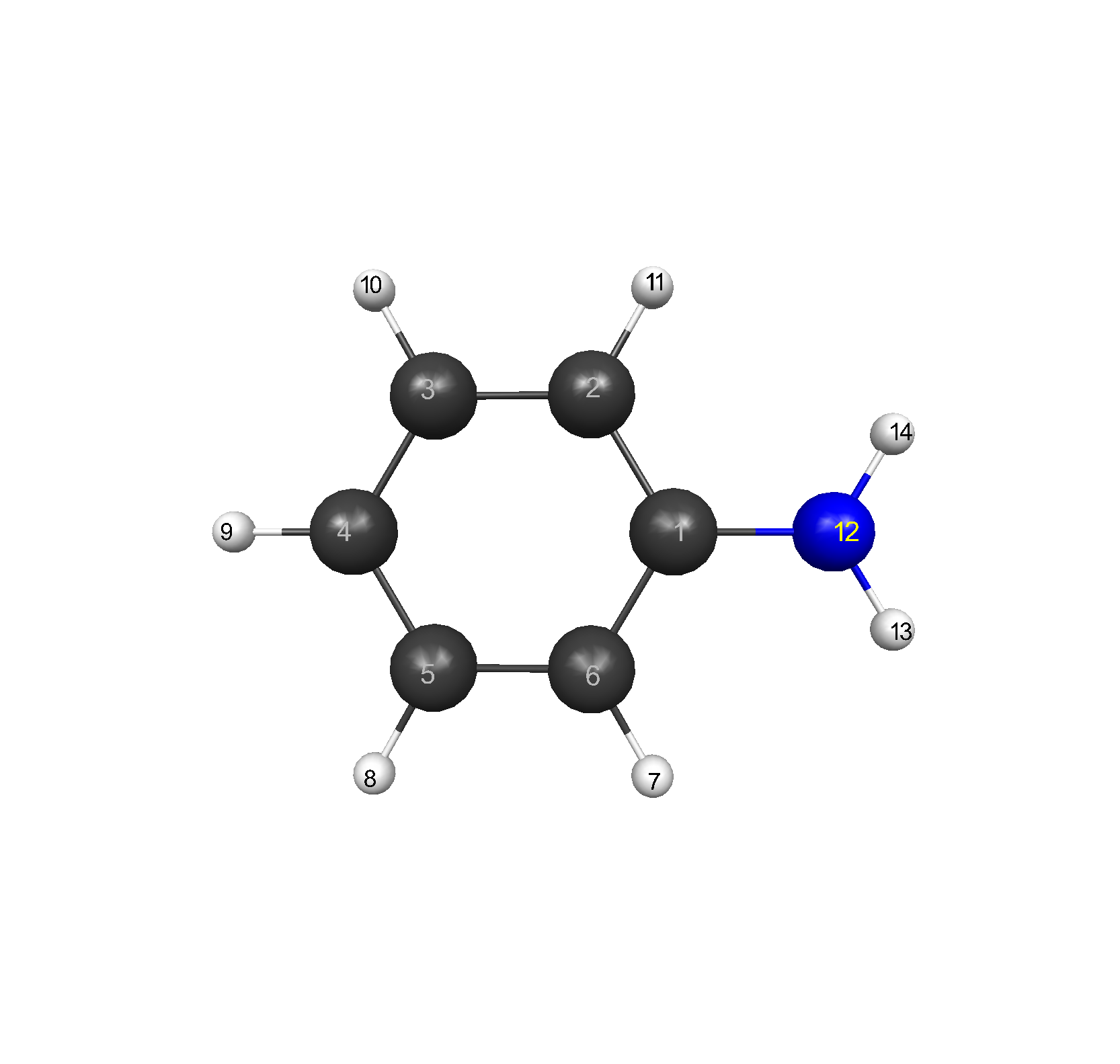Introduction
The reactivity of a
molecule is
determined by its electronic structure, and thus predictions of
properties such as the vibrational frequencies, molecular dipole
moments, and polarizability can be made. These calculations
were
performed by physical chemists and chemical physicists.
However,
now electronic structure calculations by computers with software
packages can be made by non specialists. They use the
computer
analysis to improve geometry and energy calculations, thus predicting
if reactions will work. This saves money, time, and
materials. Furthermore, the programs show three dimensional
models of the molecule demonstrating the molecular orbitals.
However, computer output needs to be analyzed not just taken as being
accurate. A person needs to be skeptical and compare the
regularity of data from the different levels of theory. MOPAC
uses empirical data and estimates the values for two electron overlap
integrals. AM1 and PM3 are the Hamiltonians used.
The best
level of theory is ab
initio. AM1, PM3, and ab initio theories
can be used to calculate the optimized geometry, HOMO orbitals, dipole
moments, and vibrational frequencies of hydrogen chloride, methanol,
and aniline molecules.1
Furthermore, the potential
energy surface versus bond length for each level of theory for hydrogen
chloride was generated to show that the bigger the basis set the better
the geometry. A UV-Vis spectrum for aniline was used as a
comparison for calculations of the transitions energies of the two
highest levels of theory
for aniline.2
Experimental
The
UWO Quantum Server was used on an Apple computer to construct the
following molecules: hydrogen chloride, methanol, and
aniline. MOPAC’s Hamiltonians, AM1 and PM3, were used to
calculate the optimized geometry. If the calculation failed,
the
raw output file was searched for the word “failure” to see what
occurred. Once all the optimized geometries were completed
for
AM1 and PM3, the results were transferred to a specifically named
computer file by copying the raw output and pasting the text into
TextEditor. The files were made to plain text and saved as
“.log”
which was then opened in MacMolPlt. MacMolPlt was used to
optimize the geometry if the AM1 or PM3 failed previously and the input
files were set up for GAMESS. The file was checked in Console
and
“failure” searched to see if its optimization was complete.
Once
the molecule was optimized, MacMolPlt was used to write files to
optimize the geometry of the molecules at 321-G, 631-G, and 6311-G
levels of theory. For HCl instead of 6311-G, DZV or double
zeta
valance was used for the basis. The files were queued and run
using GTK-GAMESS. The lowest level was run first, from either
the
AM1 or PM3 file, and used as the input for the next level of theory
calculation. For example, 321-G was used for the starting
point
for 631-G. Then that file, 631-G, was used for the highest
level
of theory, 6311-G or DZV. Once completed, the files were yet
again checked for failure by opening the file in Console, because just
looking at the energy plots could be deceiving about the completion of
the optimization. Once all the levels of theory were
complete,
they could be used to view the bond lengths, bond angles, and HOMO
orbitals in MacMolPlt. The dipole moments were found by
opening
the file in TextEditor and searching for the last occurrence of
“/D/”. For the calculation of the vibrational frequencies of
HCl,
CH3OH, and aniline, MacMolPlt was used along
with the highest level of
theory, DZV and 6311-G. The categories for the vibrational
calculation in MacMolPlt were selected and the file written.
TextEditor was again used to view the file to get the vibrational
frequency for HCl.1 For methanol and
aniline, the
files of the molecules were opened in Jmol to show the frequencies that
corresponded to the peaks in the IR spectrum. Also, for HCl,
CH3OH, and aniline the log files were opened
with Jmol to create the
models of bond lengths, bond angles, and HOMO orbitals, for this
webpage. The Jmol files were saved and then
opened in Kompozer to generate the template for the webpage.
For
each ab initio
level of theory result for HCl, a potential energy surface versus bond
length input file was generated using MacMolPlt, run in GAMESS, and
graphed in IGOR. Using
the best level of theory for aniline, 6311-G, an input file was written
for the UV-Vis transition calculation. It was then run in
GAMESS;
once completed the ".log" file was opened in TextEditor and searched
for
“CIS TRANSITION DIPOLE MOMENTS”. Looking at the oscillator
strength, the transitions were recorded.2
To view the results for the
models and calculations of Hydrogen Chloride, Methanol, and Aniline
click on molcules below.
| Hydrogen Chloride | Methanol | Aniline |
 |
 |
 |
References:
(1) Mihalick, J.; Gutow, J. Quantum Calculations I. Oshkosh, WI, 2009.
(2) Gutow, J. Molecular Orbitals/ Quantum Calculation Experiment 2. Oshkosh, WI, 2009.
(1) Mihalick, J.; Gutow, J. Quantum Calculations I. Oshkosh, WI, 2009.
(2) Gutow, J. Molecular Orbitals/ Quantum Calculation Experiment 2. Oshkosh, WI, 2009.